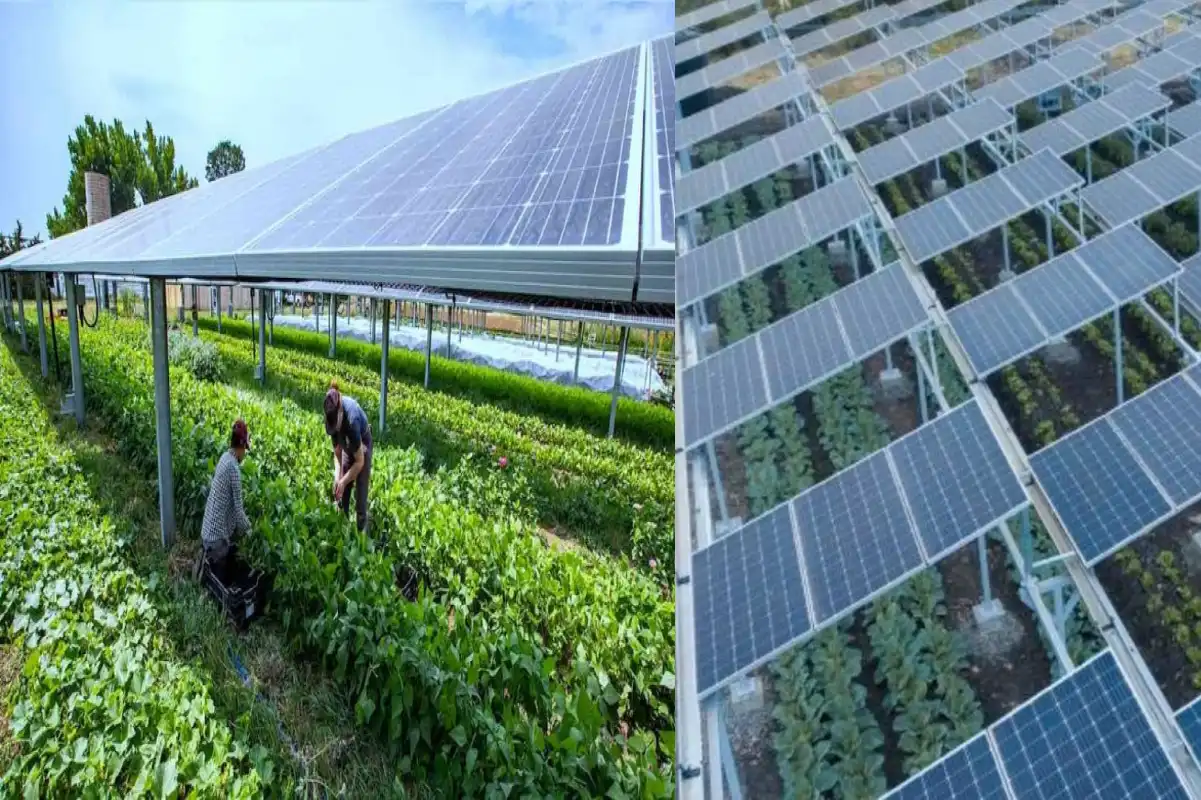In the age of technology-driven transformation, agriculture is no exception. From the vast fields of India to the precision agriculture of Israel, nations globally are leveraging technology to optimize their agricultural practices. Now, Kenya takes a forward leap in this race, embracing an innovative model named ‘Agrivoltaics’.
Innovation in Agriculture
The world of agriculture is witnessing a revolution. As countries continuously innovate, Kenya takes a sustainable leap. Integrating horticulture with energy and water conservation, this East African nation presents a blueprint for low-cost sustainable farming.
Emphasizing Innovation
While traditional farming forms the foundation, modern farmers are pairing it with technological advancements. The goal? To amplify yields using fewer resources and turning agriculture into a more profitable venture.
Global Innovations
As India shines with its organic farming, and Israel stands tall with its vertical farming, Kenya joins the ranks with its unique Agrivoltaics model. By installing solar panels in their farms and coupling it with rainwater harvesting, Kenyan farmers are charting a sustainable course for the future.
Understanding Agrivoltaics
Though the term may sound complex, its essence is simple and sustainable. It’s a dual model where solar panels are positioned over land, beneath which horticultural crops are cultivated.
Dual Benefits
This unique integration allows for simultaneous electricity generation and vegetable cultivation on the same tract of land. Research indicates that this model not only improves crop yield and quality but also substantially reduces farming costs due to solar-powered electricity.
The Origin of Agrivoltaics
This isn’t a new-age concept. Introduced by Adolf Goetzberger and Armin Zastrow in 1981, the Agrivoltaics model gained popularity in Japan by 2004. Its success story then transcended continents, marking its footprint in East Africa.
Global Adoption
While its origins may trace back a few decades, its impact today is global. The shade provided by solar panels ensures soil and plant moisture retention, decreasing the risk of crop damage during intense heat. Even in Kenya, known for its challenging horticultural conditions, Agrivoltaics has borne fruit.
Agrivoltaics: The Future of Global Agriculture
Many developed nations, including the USA, France, and Germany, have reaped substantial benefits from this model. As it takes root in India, states like Uttar Pradesh, Gujarat, Rajasthan, and Maharashtra are witnessing the rise of Agrivoltaics farms, both small and large.

Kenya’s adoption of Agrivoltaics is not just a story of agricultural success; it’s a testament to human ingenuity and our relentless pursuit to harmonize technology with nature. As more nations embrace this model, the future of global agriculture looks not just fruitful but also sustainable.
